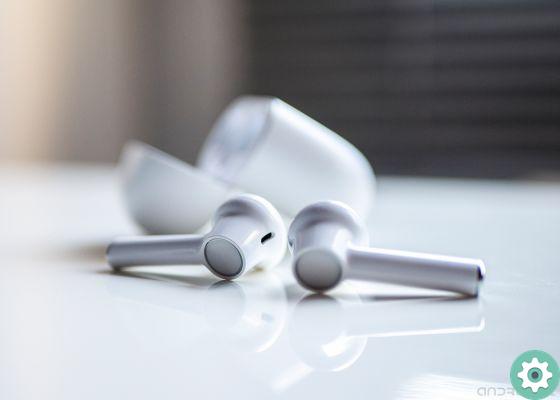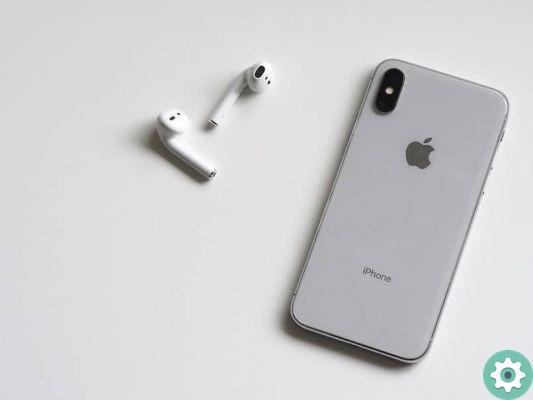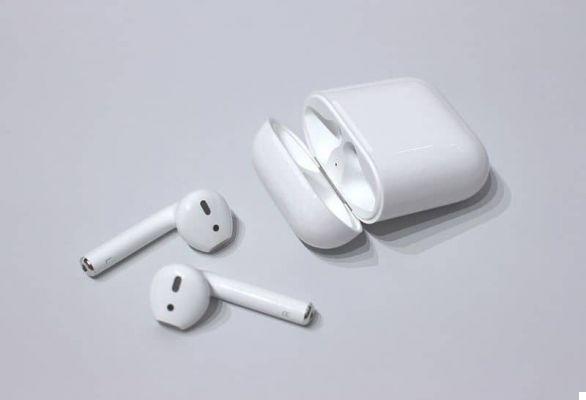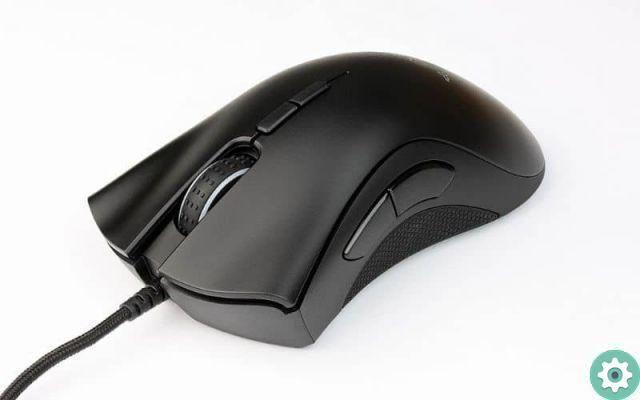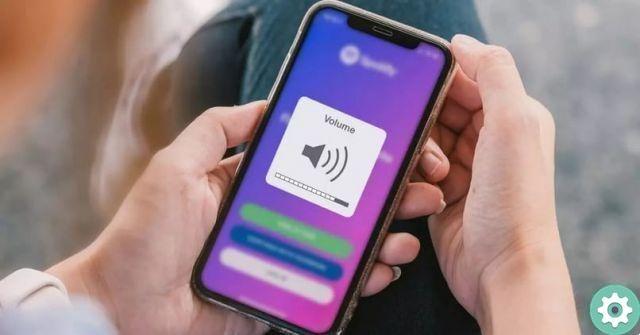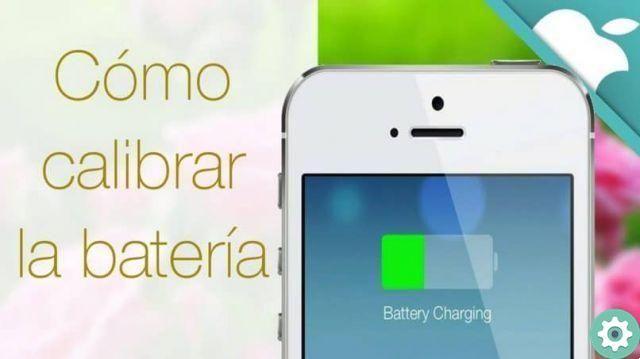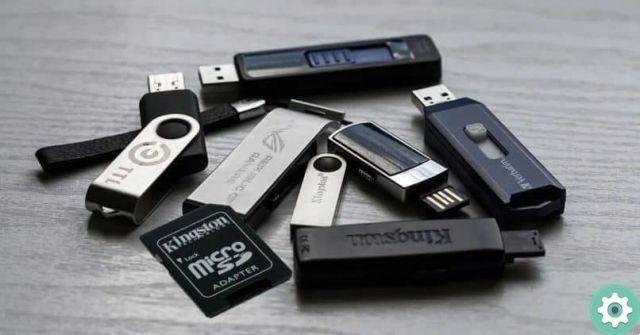If you're a loyal Apple customer, you've bought AirPods since its launch in 2016, and you've certainly loved them from the start, as there's now a new version called Airpods Pro.
Especially when the second version of this tool included the very versatile charging case, nothing more and nothing less than wireless.
But if you are one of those who do not stop using them and see that the battery status it doesn't last long enough, this post is definitely what you need.
For starters, remember that keeping your gear away from extreme temperatures always helps to maintain the life of the equipment, including that of the battery.
Furthermore, avoid constantly opening and closing the charging case when not needed. We know that sometimes it's a nervous tic more than anything else.
In addition to making sure to keep the AirPods inside the case when not in use, so that the charge remains at optimal levels.
Yes, you already meet these recommendations, but you still want to increase the battery life of your AirPods, no problem! Read on, we show you how.
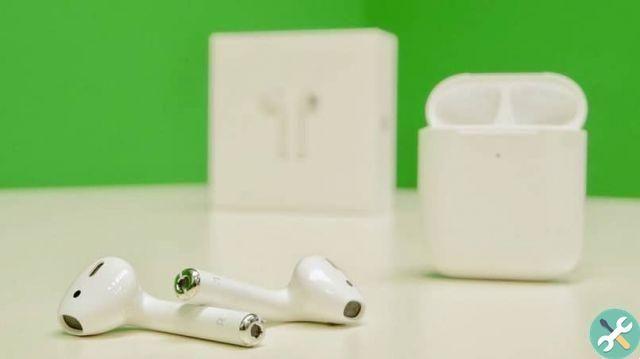
The initial setup
During the year following the release of these headphones, many users have reported poor battery life performance.
It turns out that the problem or decrease in hours of use was due to a small initial setup error of the AirPods.
If so, you have a very simple solution. Just restart them or reset the firmware. To do this, you just need to follow this single step:
- Locate the button on the back of the charging case and hold it for 15 seconds or until you see an orange light blinking three times, continue. Ready to use!
This helps to increase the battery life of the AirPods, as well as fix any problems with sound or connection. Since we are practically restoring the operating system of the wireless device.
Calibrate the battery
This trick to optimize the battery of the AirPods originates in the situation, more common than you think, where the headphones have different percentages of charge.
For example, one has the battery at 50% and the other at 35%, because this divergence has a solution: the AirPods need to be calibrated.
In this sense, graduating them isn't as complicated as you might think, plus, doing so will help increase battery life.
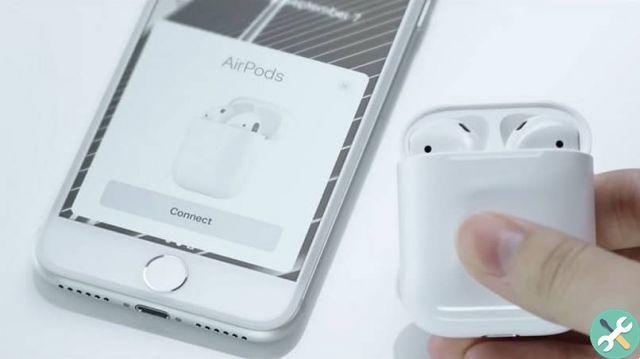
Before we start, let's make it clear that the process takes some time, now ready, you just need to follow this step:
- First, both the charging case and the AirPods must be battery-free. Download them if that's what you need.
- The next move is to place the AirPods in the charging case. So the percentage should be able to go from 0% to 100%
It is important that the charging process is carried out without interruption for the calibration to be effective. That is to say, don't check your hearing aids every now and then.
Use only one headset
There are times when we want to increase the battery life of the AirPods, for example, if we are not going to stay at home for a long time.
In this case, we could use this trick, which, while it does not increase the battery life as such, helps to increase the wearing time of the headphones.
As you will see from the title of this section, the method is to use one headset at a time. This is because each has their own individual battery.
In this sense, you'll have practically double the time to use the AirPods. The only downside to this technique is that you will have to get used to switching from ear to ear.
As additional information, we recommend that you vary between earphones, try to remember which one you use and then use the other. This will ensure that the load of use affects both teams and not just one is damaged. If you liked this article, you might also be interested in How to easily connect Airpods to my Apple Watch
TagsAirPods



